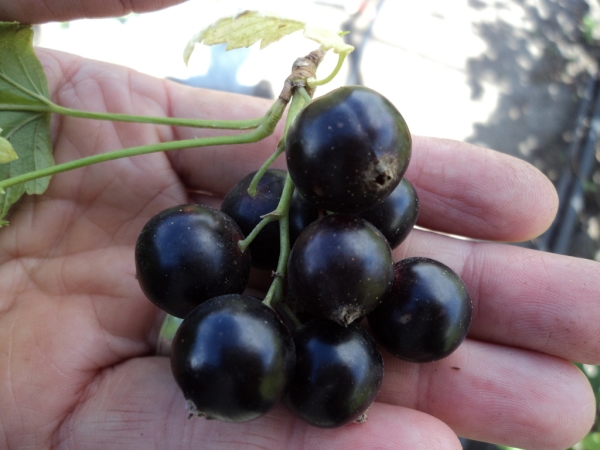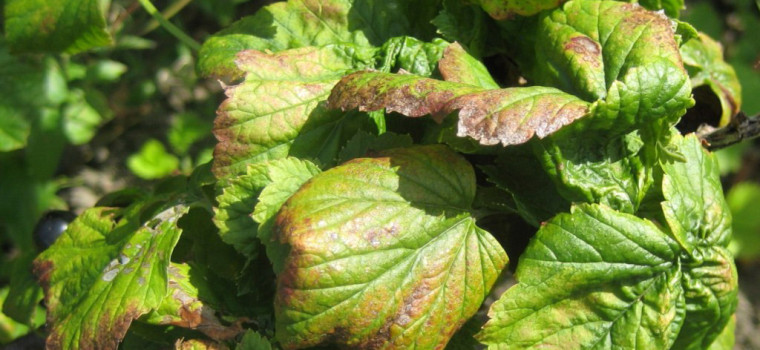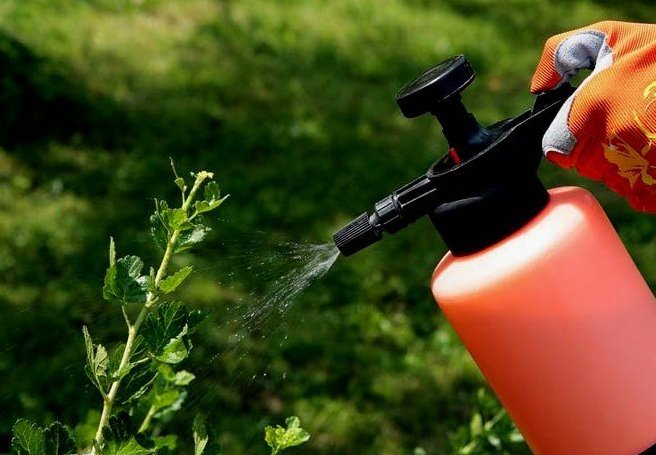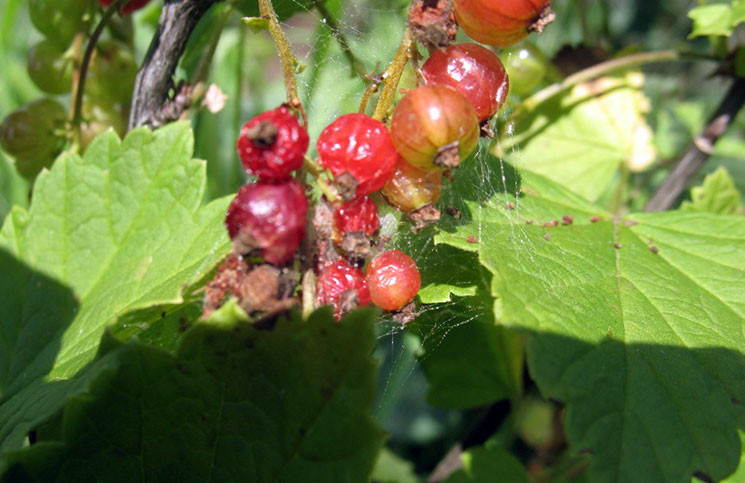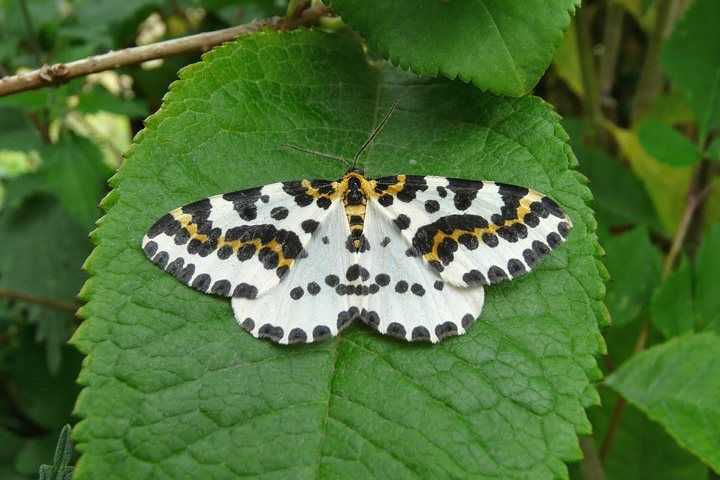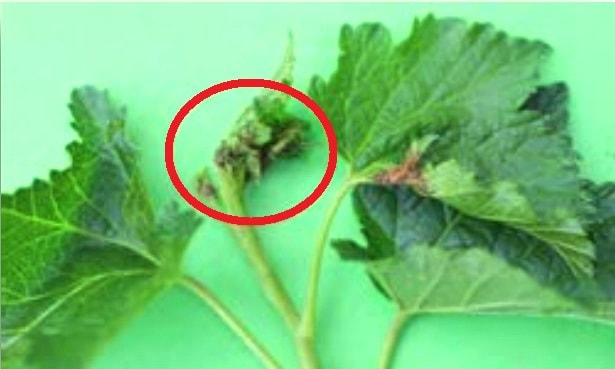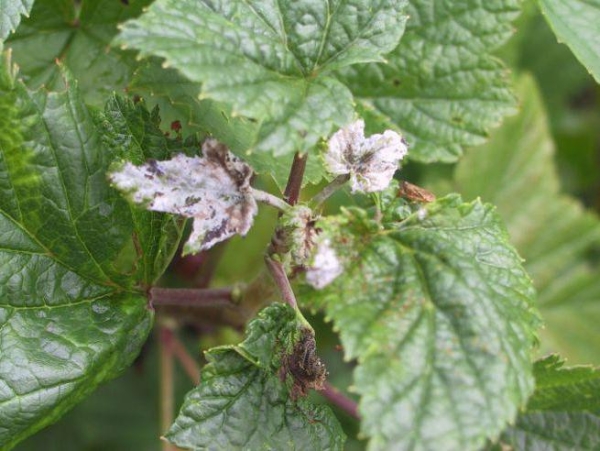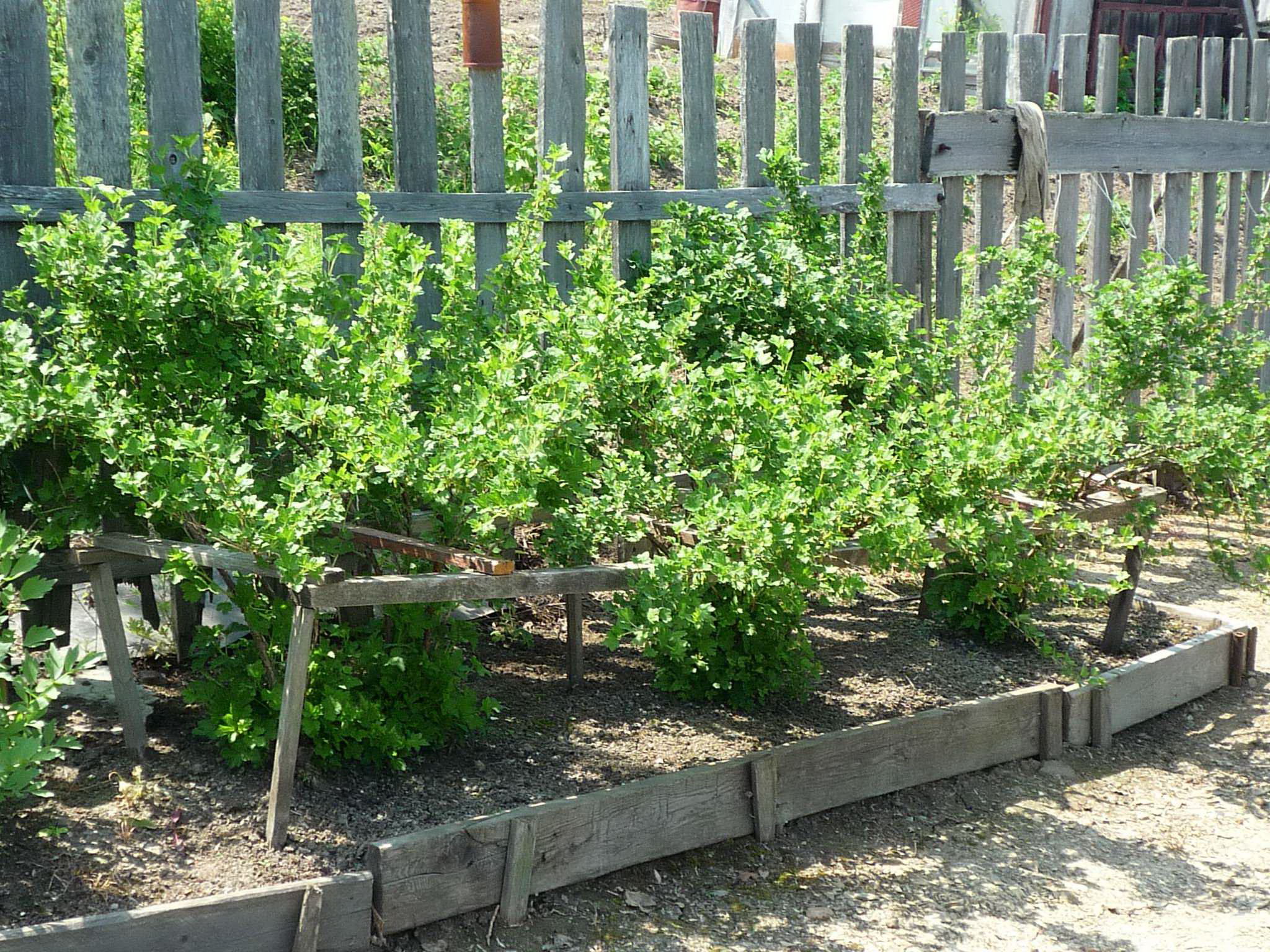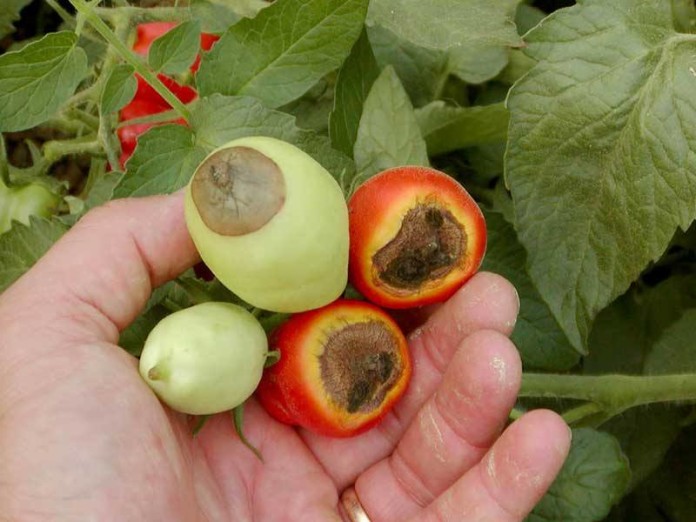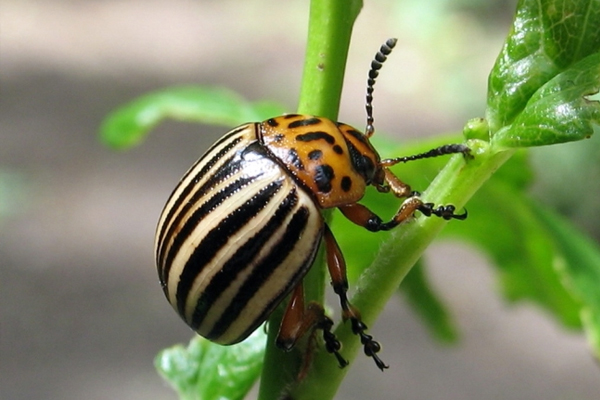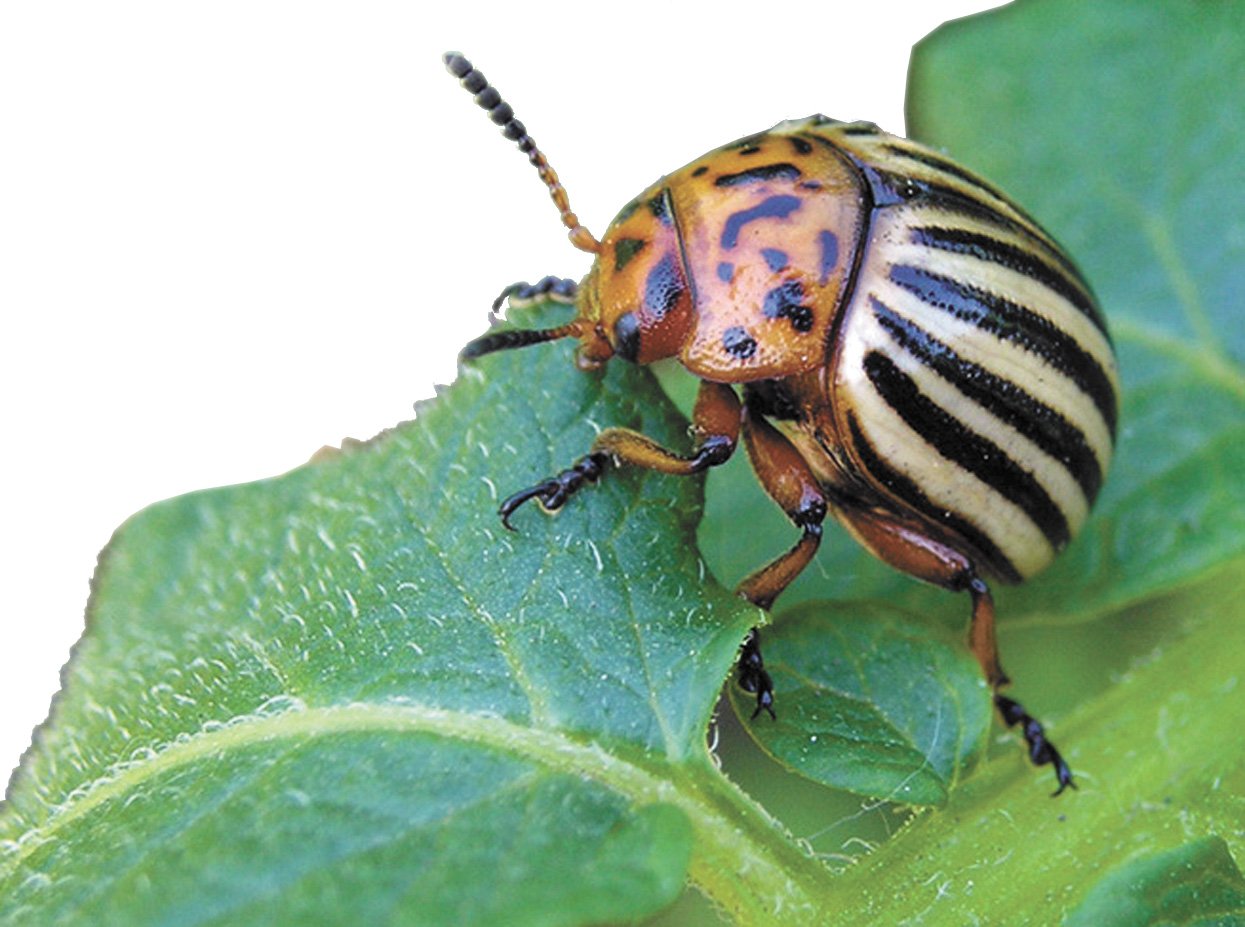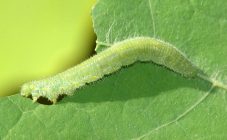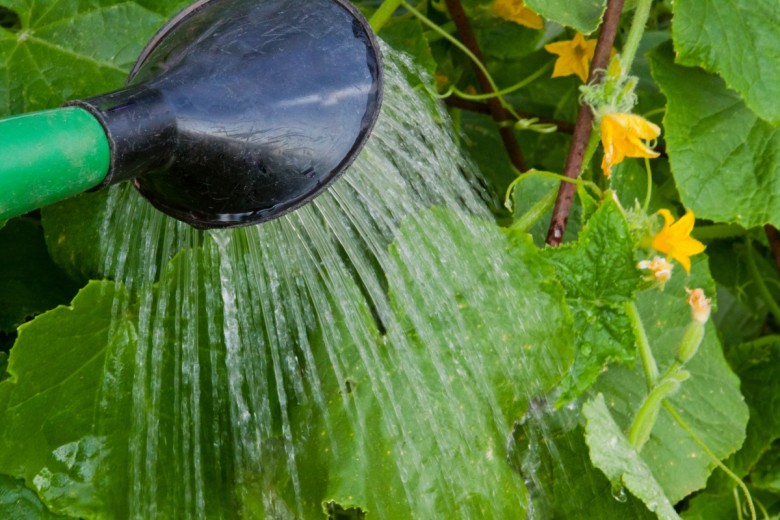Content:
When growing currants, gardeners have to deal with various pests and diseases that threaten the plant. How to properly organize the fight against them, how to process currants, this article will tell.
What is the processing of shrubs for?
The danger of a pest attack on currant bushes is high and requires close attention. If you do not apply any measures, then the crop will most likely be completely destroyed.
Therefore, it is necessary to carefully monitor the health of currant bushes, currant processing should be carried out in a timely manner to save it.
Processing of red, black and white currants
It is generally accepted that diseases and pests are equally dangerous for any type of currant. Therefore, each of these types requires the use of similar agents for treatment. When choosing how to spray currants, you can use similar methods in all cases.
Processing time
The timing of when the measures applied will be most effective depends on the specific pests and diseases.
However, the fight, as a rule, requires the application of certain measures both in autumn and spring throughout the entire life cycle of plants.
What to process
There are various means for pest control. For this, you can use drugs produced for these purposes by industry, or use folk remedies.
Biological agents
Aphids grow rapidly. In just a week, adult currant pests will appear from the eggs. Therefore, spraying should be done weekly. If Fitoverm was used, its effect of spraying currants lasts for three weeks.
These insects have natural enemies. These include gall midges, ants and ladybugs, as well as their larvae. The latter are dark in color and up to 8 mm long. On the sides there are characteristic orange specks.
Chemicals
To combat the blackcurrant sawfly, the bushes can be treated with Fitoverm and Agravertin. This must be done when the first green berries appear - this is when the currants need to be processed. At this time, pesticides should not be smoldered, because they can affect the berries.
If last summer a moth attacked the bushes and damaged the crop, it makes sense to spray the plantings with Karbofos.
The same remedy, if applied during flowering, will solve the question of how to process currant bushes to combat glass.
Suction preparations are effective for the destruction of shoot aphids. Suitable, for example, Fitoferm or Iskra-bio. They are usually valid for three weeks.
Folk remedies
To combat the glass, it is necessary to process the currants during the mass flowering of raspberries.Choosing how to spray the currants, you can use one of the solutions that have a pungent smell. Here's what you can sprinkle currants in the spring: for cooking, you can use wormwood, needles, tansy, onion husks. You can spread the branches of tomato stepsons between the bushes or use coniferous branches.
If in a warm season you put geraniums in pots next to currant bushes, its smell can scare off many pests.
To combat kidney mites, you can use a solution prepared according to the following recipe:
- You need to skip 300 g of garlic through a meat grinder. Its stems or leaves are also suitable for this;
- Add 200 g of onion husks, a tablespoon of mustard, and two tablespoons of tar;
- For a day, insist the mixture, dissolved in a bucket of water;
- Strain before use.
If you spray this solution regularly, starting in April, you can get rid of the tick.
Powdery mildew is helped by using one of the following solutions to douse the bushes:
- Insist one and a half kilograms of ash in a bucket of water for a day;
- One percent solution of ferrous sulfate;
- Infusion of cow dung, which is slightly fermented.
The use of Bordeaux mixture for currants is effective. However, its use requires special precautions.
Diseases and pests
Let's talk in more detail about the dangers that can threaten currants and how to deal with them.
Kidney mite
Females of this species usually penetrate young buds when they open. Bloating of the kidneys is the result. They are clearly visible in the fall, when the branches remain without leaves, and also in the spring, before they appear.
The way to fight a kidney mite is to collect the kidneys and discard them. If there are too many of them on a branch, it is recommended to cut off all of it and subsequently burn it. Usually, new branches on such bushes are no longer infected with a tick.
Blackcurrant sawfly
Appears at a time when ovaries begin to form. The sawfly lays eggs in this place. The larvae develop while remaining inside and eat up the seeds.
If you do not do this procedure, the larva will crawl out, on the cobweb will go down to the ground under the bush and overwinter there. And when in early spring: in April, May, the berries begin to ripen, she wakes up, and the infection will occur again.
Gooseberry moth
Pupae of this pest wait out the winter, being in the upper soil layer. Despite their name, they attack not only gooseberries, but also currants.
When flowering begins, butterflies are born. They lay eggs on currant flowers. The larvae eat the ovaries and penetrate the berries. Each of them usually damages up to 15 currant berries.
Covering the surface with newspaper or film before flowering to prevent butterflies from flying out can help fight the pest. When flowering continues, the film is removed so as not to restrict access for beneficial insects.
Another similar method of struggle is to mulch the surface of the earth in late autumn or huddle so that the soil becomes 8-10 cm higher.In the spring, after the beginning of flowering, excess soil will need to be scattered to the previous level.
Gooseberry moth
It is a white butterfly with small black and yellow spots on its wings. It can be seen in June or July. The infection scheme in this case is as follows. She lays her eggs on the underside of currant leaves. The larvae eat currant leaves during their growth.
The caterpillars are gray with a yellow underside. They have black rectangular spots on the back. In the middle of summer, they pupate. Cocoons are clearly visible - they are covered with cobwebs. If they exist, they must be collected and destroyed.
Glass-maker
This pest appears due to the bird cherry. The mass flight of the glass vessel occurs when there is a mass flowering of raspberries. Protective measures will be most effective at this time.
Females can lay up to 60 eggs at a time. The masonry site is usually located next to cracks or damage to the branches. The caterpillar gnaws its way under the bark and gradually eats up all the wood.
Destroying the core, the caterpillar gradually moves to the ground. During the first winter, the pest hibernates inside the branch.
If you cut it off, a black core will be visible. In this case, you need to cut off another part until the core looks normal.
The caterpillar is not hard to spot. It has a fairly large size - from 2 to 2.5 cm. The pest is white, the head is beige.
Gallica
This pest looks like a small mosquito. Its larvae overwinter in the upper soil layer. There are several varieties:
- Flower - flies out at the time when budding occurs;
- Leafy - appears at the beginning of flowering;
- The shoot gall midge begins its activity during the mass flowering.
Gall midges appear in large numbers and inhibit the development of the bush.
At first, flowers and leaves suffer from it, then the branches dry out completely. At the same time, the flowers get a reddish tint, without subsequently giving an ovary.
Sprout aphid
The female lays hundreds of eggs at a time. Therefore, it is considered impossible to destroy the pest after the first treatment of currant bushes.
The description of the principle of action of Fitoverm is that after taking it, after 2 hours, the aphids have paralysis of the gastric organs, and after that they are not at all able to eat. If they were sprayed, the pests die after two days. Moreover, if insects or birds eat such aphids, there will be no consequences for them.
Powdery mildew
In this case, we are talking about a fungus. It is brought by the wind. Infected currants are covered with a white coating.
Usually powdery mildew affects the tops of the branches. They must be cut and then burned.
Common mistakes
The fight against pests and diseases requires taking into account their characteristics. For example, if aphids attack a currant, you need to fight it weekly, and with Fitoverm - once every three weeks.
When thinking about whether it is possible to spray currants during flowering, it must be borne in mind that chemicals can negatively affect the currants.
Bordeaux mortar is effective, but processing requires special precautions.
